Discovering the expenses involved in creating a card game is essential for budget planning. From design and materials to printing and distribution, each aspect contributes to the overall cost.
Let’s break down these factors to gain a clearer understanding of the financial considerations in card game production.
How Much Does It Cost to Make a Card Game?
Typically, crafting a card game requires an investment of $20,000 to $25,000 for basic features on one platform. Yet, expenses can elevate to $30,000 or higher, influenced by feature intricacy and game type.
It’s crucial to gauge these factors when estimating your card game’s financial blueprint.
The Process of Making a Card Game
Designing and producing a captivating card game involves a meticulous sequence of steps that amalgamate creativity, strategy, and technical expertise. From conceptualization to distribution, let’s delve into the comprehensive process that transforms an idea into a tangible and enjoyable card game.
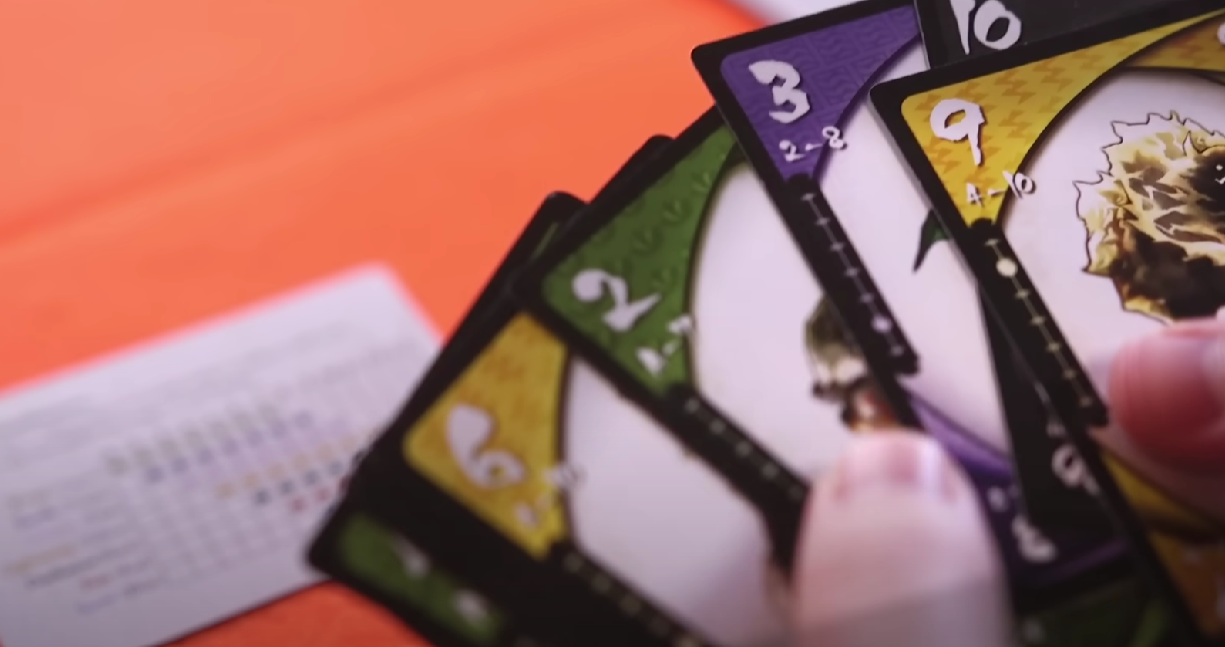
Conceptualization and Ideation
At the heart of every card game lies a unique concept. This phase begins with brainstorming ideas, exploring themes, and conceptualizing gameplay mechanics. It’s time to decide whether the game will be strategy-based, luck-driven, educational, or a blend of these elements.
During ideation, designers create a rough outline of the game’s rules, objectives, and mechanics, setting the stage for the development process.
Game Design and Mechanics
Game design involves crafting the rules, mechanics, and interactions that define the gameplay. Designers outline how players will progress, make decisions, and compete or collaborate. Balancing these elements is crucial to ensure the game remains engaging and enjoyable.
Mechanics like card actions, turn sequences, and win conditions are meticulously refined during this phase. Iterative testing and prototyping help iron out potential imbalances or loopholes.
Artwork and Graphic Design
Visually appealing artwork is a cornerstone of a successful card game. Artists work closely with designers to bring characters, symbols, and worlds to life. A consistent visual style enhances the game’s theme and immerses players.
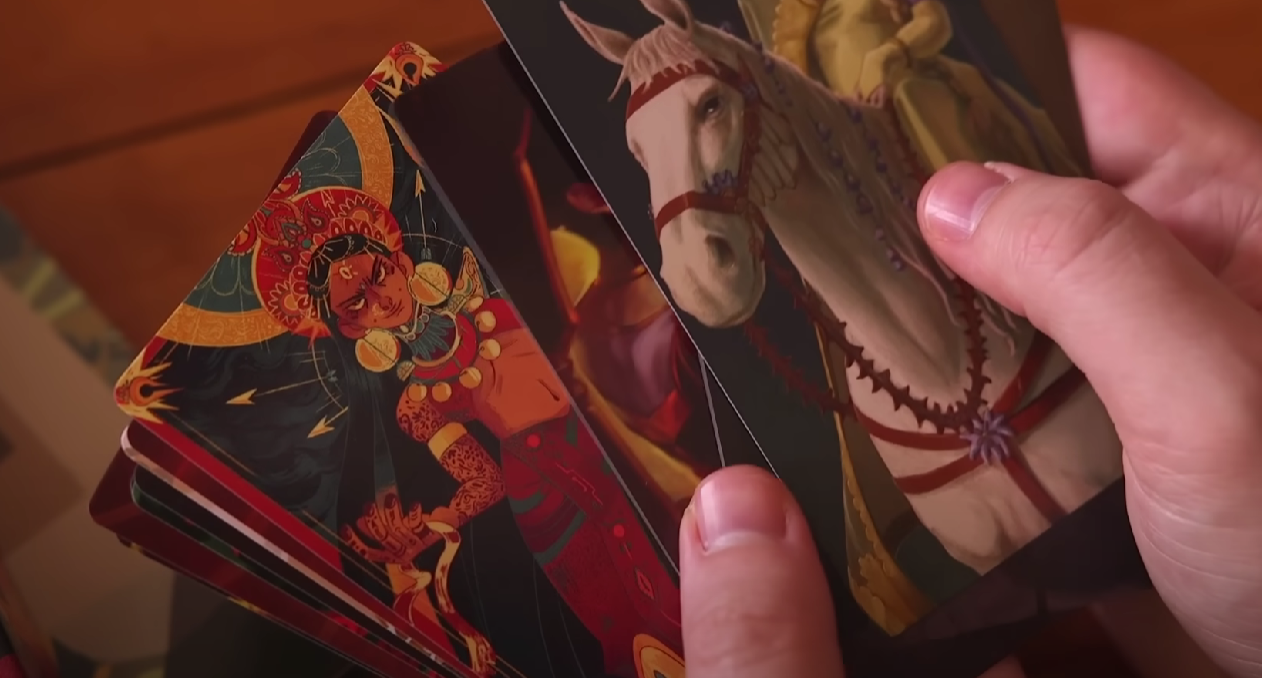
Graphic designers ensure that card layouts are clear, intuitive, and aesthetically pleasing. Attention to detail is paramount, as every visual element contributes to the game’s overall experience.
Prototyping
Creating a functional prototype allows designers to test their ideas in a tangible form. Physical or digital prototypes simulate gameplay, enabling designers to assess mechanics, rules, and player interactions.
Prototyping often reveals unforeseen challenges or areas for improvement. Iterative testing and player feedback help refine the game’s mechanics, ensuring a balanced and engaging experience.
Playtesting and Iteration
Playtesting involves gathering a diverse group of players to evaluate the game’s mechanics, balance, and overall enjoyment. Feedback from playtesters guides iterative design improvements. Adjustments may range from tweaking rules to redefining mechanics to enhance strategic depth and player engagement.
This phase is pivotal in fine-tuning the game’s dynamics, ensuring it remains challenging and enjoyable for various player preferences.
Manufacturing and Production
Once the game mechanics and design are polished, it’s time to transform the concept into a physical product. This phase involves selecting materials, sourcing manufacturers, and finalizing card specifications.
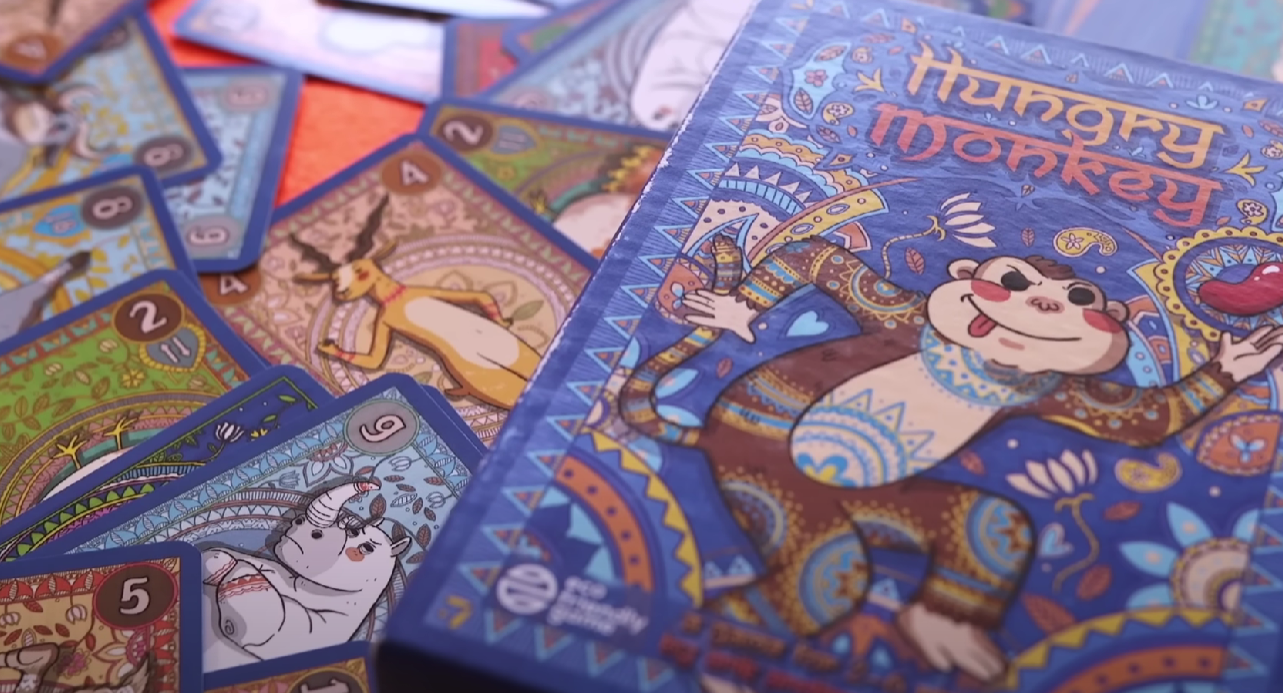
Printing quality is paramount to ensure legibility, durability, and aesthetic appeal. Manufacturers produce a sample batch for rigorous testing before mass production commences.
Distribution and Marketing
Successfully manufacturing the game marks the beginning of its journey to players’ hands. Distribution channels, such as online marketplaces, local stores, and crowdfunding platforms, are chosen based on the target audience and reach.
Effective marketing strategies, including social media campaigns, previews, and reviews, generate excitement and anticipation. Creating a strong online presence and fostering a supportive community can significantly impact a game’s success.
Launch and Post-Launch Support
The game’s official launch is a culmination of effort and anticipation. Releasing the game to players requires a seamless user experience, whether through physical copies or digital platforms.
Post-launch, ongoing support through updates, expansions, and addressing player feedback ensures the game remains relevant and engaging. Nurturing a community through organized events, tournaments, and communication fosters a dedicated player base.
Different Factors That Dictate the Cost of Making a Card Game
The creation of a card game is a multi-faceted journey that involves various expenses. Understanding the factors that influence the cost is crucial for budgeting and resource allocation.
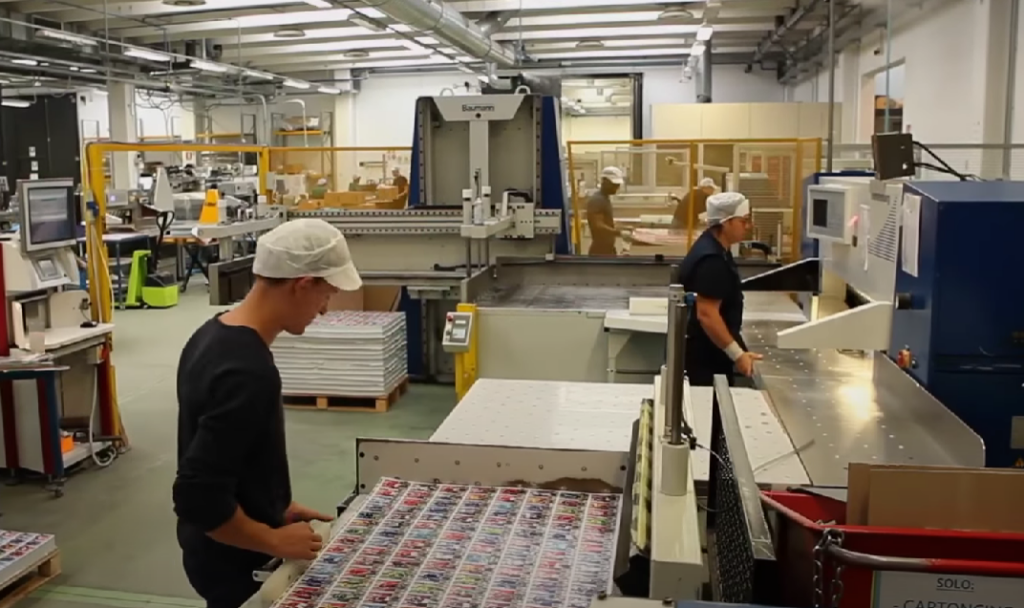
From game design to production and distribution, let’s explore the key elements that shape the financial investment required to bring a card game to life.
Game Complexity and Design Vision
The complexity of a card game’s mechanics, rules, and design vision significantly impacts its cost. A game with intricate gameplay, unique mechanics, and a rich narrative may demand more time and resources during development.
The depth of strategic choices, the number of components, and the overall complexity of interactions contribute to the design complexity. Balancing the desired complexity with the available budget is a pivotal consideration.
Artwork and Graphic Design
Artwork is a cornerstone of a card game’s appeal, influencing players’ engagement and immersion. High-quality illustrations, intricate details, and a consistent visual style enhance the game’s thematic elements.
The number of cards, their design complexity, and the inclusion of custom illustrations all impact the cost. Collaborating with skilled artists and graphic designers to create captivating visuals is a worthwhile investment.
Materials and Components
The choice of materials directly affects both the gameplay experience and the production cost. Cardstock quality, printing techniques, and finishes impact the durability, feel, and aesthetics of the cards.
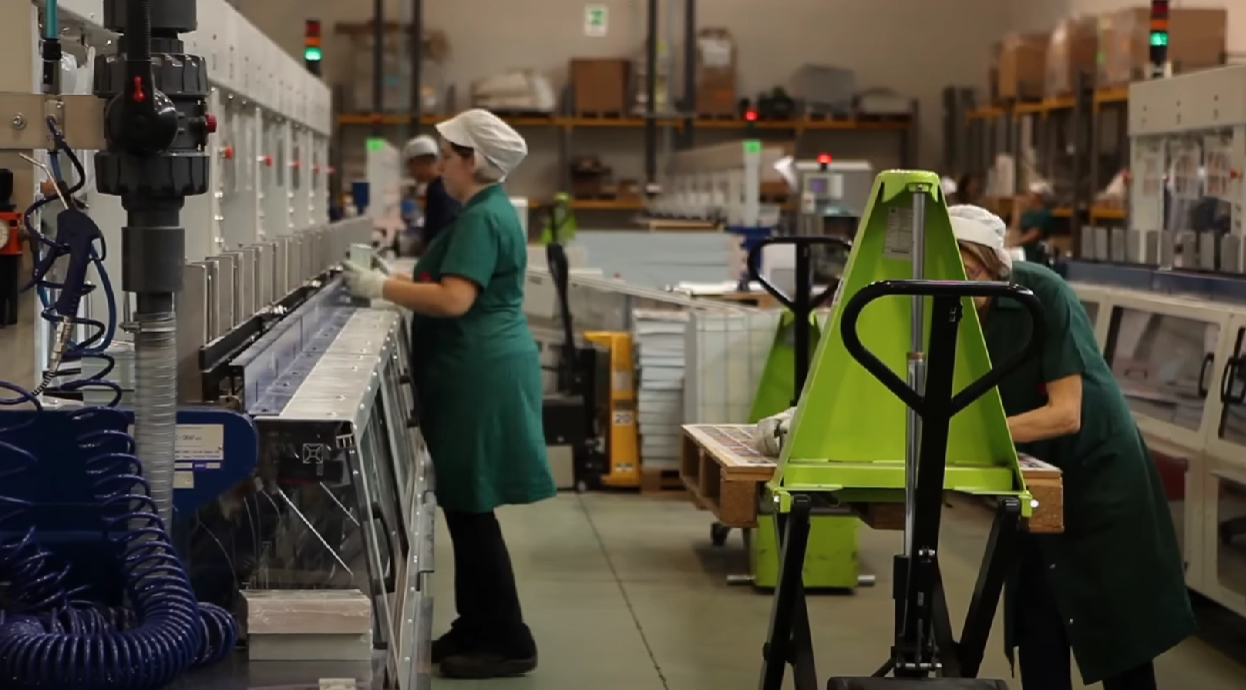
Special features like foil stamping, embossing, or custom packaging can elevate the game’s perceived value but come with additional costs. Striking a balance between material quality and budget considerations is essential.
Printing and Manufacturing
The scale of production plays a pivotal role in determining costs. Printing a limited run versus a larger print run can affect unit costs. Additionally, the choice of printing technology, the number of copies, and the production timeline impact pricing.
Obtaining quotes from different manufacturers and evaluating factors like printing quality, production speed, and shipping costs helps make informed decisions.
Prototyping and Playtesting
Iterative prototyping and rigorous playtesting are essential for refining gameplay and mechanics. These stages involve creating multiple versions of the game to test and improve its components, rules, and overall experience.
While prototyping materials and playtesting sessions themselves incur costs, these investments are crucial for ensuring a balanced and enjoyable game that resonates with players.
Marketing and Distribution
Marketing and distribution expenses encompass promoting the game, building anticipation, and making it accessible to players. Costs may include creating promotional materials, attending conventions, and managing distribution channels such as online marketplaces or local stores.

Effective marketing strategies can increase visibility and demand for the game, but they also contribute to the overall budget.
Intellectual Property and Legal Considerations
Securing intellectual property [1] rights, trademarks, and copyrights involves legal fees. Protecting the unique elements of the game, such as its name, logo, and mechanics, safeguards against potential infringement issues.
Seeking legal advice ensures that the game’s creative assets are adequately protected and minimizes the risk of legal disputes down the line.
Conclusion
Making a card game involves various factors like design, materials, and distribution. Understanding these influences helps manage costs effectively while bringing your game to life.

